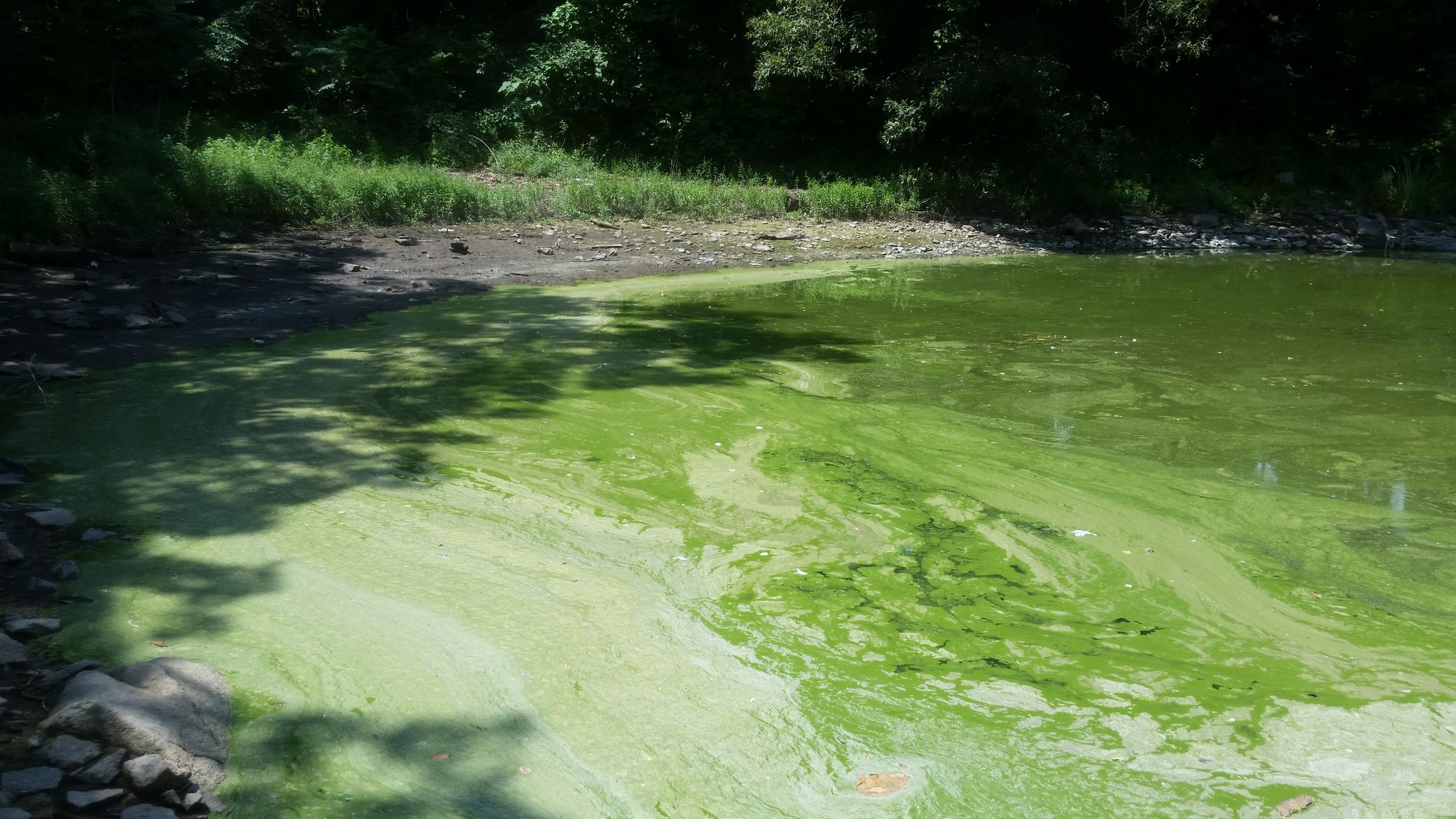MakingWaves - Clean Watersheds Needs Survey; Reports on Lakes Erie and Ontario; HABs Notifications; Help Prevent HABs
The New York State Department of Environmental Conservation sent this bulletin on 09/09/2022 11:30 AM EDT |
| DEC Delivers - Information to keep you connected and informed from the NYS Department of Environmental Conservation |
| Share or view as a web page || Update preferences or unsubscribe |
MakingWaves - News From the Division of Water |
In This Issue:
Reminder: Clean Watersheds Needs SurveyThe Environmental Facilities Corporation (EFC) has extended the deadline of the 2022 Clean Watersheds Needs Survey to December 23, 2022, to collect more submissions and ensure New York State continues to receive a high level of funding for water quality infrastructure projects. Local governments are asked to submit documentation about their anticipated water quality infrastructure project needs. This documentation may include information that municipalities already have available to show estimated costs for needed infrastructure repairs and upgrades. Resources and instructions for participating in the survey are available on EFC's website. Contact EFC at 518-402-6924 or nyscwns@efc.ny.gov with questions. Annual Lakewide Action and Management Plan Reports Available for Lakes Erie and OntarioLearn about the environmental accomplishments and progress during the past year for Lake Erie and Lake Ontario in the 2021 Lakewide Action and Management Plan (LAMP) Annual Reports. LAMPs are binational ecosystem-based strategies for protecting and restoring the water quality of the Great Lakes. Partnerships are led by the U.S. Environmental Protection Agency and Environment and Climate Change Canada, and include DEC among others. These partnerships coordinate binational LAMP actions, facilitate information sharing, and identify priorities for science and management actions as described in the 2012 Great Lakes Water Quality Agreement. For more information, visit the Binational.net website. Learn about New York's Great Lakes restoration and protection programs on DEC's Great Lakes webpage. Harmful Algal Bloom (HAB) Notifications
Visit NYHABS, DEC's harmful algal bloom notification map to view locations of freshwater HABs in New York State that were reported in the past two weeks. Click on a dot for more information, including the date it was reported, the waterbody name, and pictures. Click on the arrow at the bottom of the screen to view a list of reported HABs. Instructions on how to use NYHABS are on DEC's HABs notification webpage. Know it: HABs vary in appearance from scattered green dots in the water, to long, linear green streaks, pea soup, or spilled green paint, to blue-green or white coloration. Avoid it: People, pets, and livestock should avoid contact with floating mats, scums, and discolored water. Report it: Report a suspected HAB using the NYHABS online reporting form. Report health concerns related to HABs to the Department of Health at harmfulalgae@health.ny.gov, or contact your local health department. Help Prevent Harmful Algal Blooms
Everyone can help reduce the likelihood of algal blooms in waterbodies by helping to limit the amount of nutrients (phosphorus and nitrogen) that are added to the lake by:
Nutrient control strategies are discussed in Chapters 7 and 9 in the DEC and New York Federation of Lake Associations’ publication, Diet for a Small Lake. |


